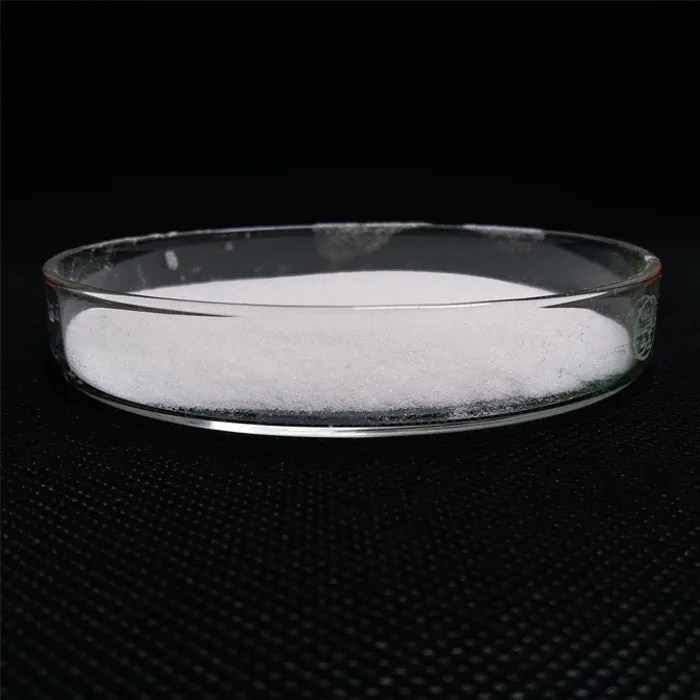The Active Pharmaceutical Ingredient Manufacturing Process
The manufacturing of Active Pharmaceutical Ingredients (APIs) is a critical step in the pharmaceutical industry, serving as the foundation for the development of safe and effective medications. APIs are the biologically active components of drugs that produce the intended therapeutic effect. The intricate processes involved in API manufacturing encompass several stages, each essential for ensuring quality, consistency, and regulatory compliance.
1. Synthetic Route Development
The journey of API manufacturing begins with the design and optimization of synthetic routes. This involves determining the most efficient and cost-effective method to produce the desired compound. Chemists analyze various synthetic pathways, taking into account factors such as yield, reaction conditions, and environmental impact. The chosen route must not only provide a high-purity API but also be scalable for industrial production.
2. Raw Material Selection
Once a synthetic route is established, the next step is selecting high-quality raw materials. The quality of the starting materials directly impacts the final API’s purity and consistency. Manufacturers often source raw materials from approved suppliers and conduct thorough testing to meet quality standards. Adhering to stringent guidelines is crucial, as impurities in the raw materials can lead to compromised drug efficacy or safety.
3. Chemical Synthesis
The chemical synthesis phase transforms raw materials into the desired API. This stage typically involves several steps, including reactions, purifications, and crystallizations. Each reaction must be carefully controlled to optimize yield and minimize by-products. Advanced techniques such as continuous flow chemistry and automated reactors are increasingly employed to enhance efficiency and safety, while also reducing potential exposure to hazardous substances for the operators.
4
. Purification and Isolationactive pharmaceutical ingredient manufacturing process

After synthesis, the API must be purified to eliminate any remaining impurities, solvents, or by-products. Common purification techniques include chromatography, recrystallization, and filtration. The goal is to achieve a high level of purity, usually above 99%, which is crucial for regulatory approval and patient safety. The purification process is often tailored to the specific characteristics of the API and may require multiple steps to attain the desired purity.
5. Characterization and Quality Control
Following purification, comprehensive characterization of the API is performed to confirm its identity, purity, and potency. Analytical techniques such as High-Performance Liquid Chromatography (HPLC), Mass Spectrometry (MS), and Nuclear Magnetic Resonance (NMR) spectroscopy are employed for this purpose. Quality control (QC) tests assess various attributes, including solubility, stability, and microbiological safety. Regulatory agencies require detailed documentation of these analyses to ensure compliance with Good Manufacturing Practices (GMP).
6. Scaling Up and Production
Once the API has been characterized and validated through rigorous QC tests, it can be scaled up for commercial production. This phase requires careful planning to ensure that the same quality and efficiency achieved in the lab are replicated on a larger scale. Manufacturers often utilize pilot plants to trial the production process before full-scale manufacturing.
7. Regulatory Submission and Approval
The final stage in API manufacturing involves compiling extensive documentation for regulatory submission. This includes information on the manufacturing process, quality control measures, and test results. Regulatory bodies, such as the FDA in the United States or the EMA in Europe, review these submissions to ensure that the API meets all necessary safety and efficacy standards before it can be used in pharmaceuticals.
Conclusion
The manufacturing process of Active Pharmaceutical Ingredients is a complex yet vital aspect of the pharmaceutical industry. Each step, from synthetic route development to regulatory approval, plays a crucial role in ensuring the production of high-quality APIs. As technology advances and regulatory frameworks evolve, the API manufacturing process will continue to adapt, ensuring that safe and effective medications reach patients around the world. With rigorous standards and innovative practices, the industry can uphold its commitment to public health and safety.

